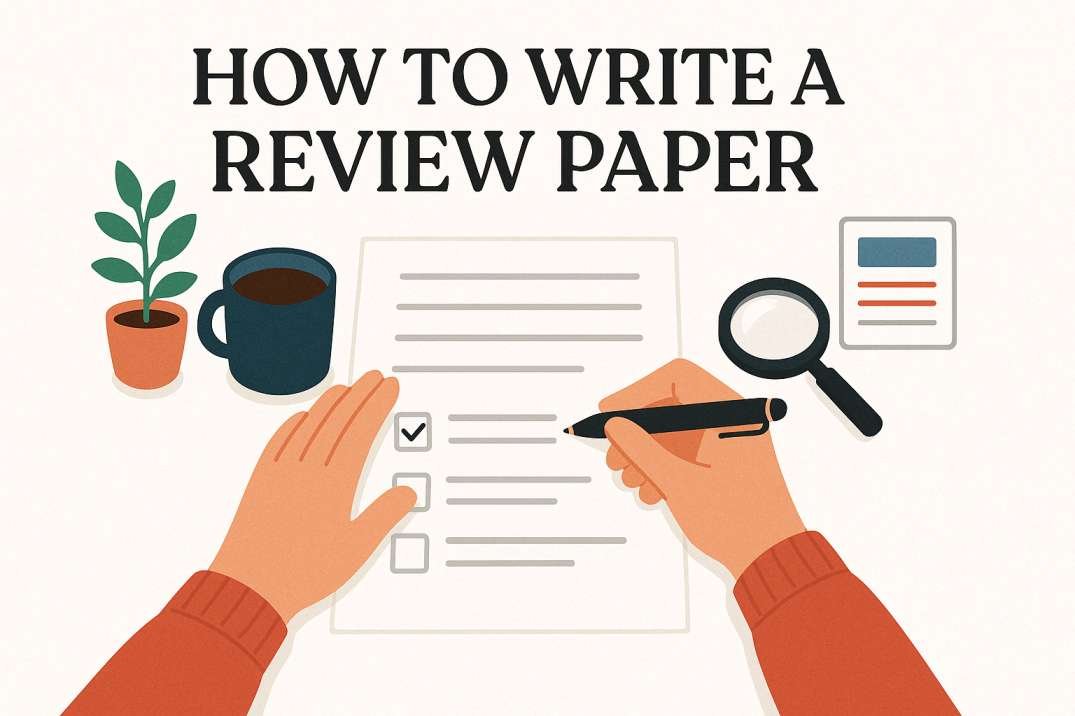Writing a review paper is a great way to synthesize existing research, showcase your expertise, and contribute to the academic community. Whether you’re a student, researcher, or professional, here’s a practical guide to help you write a compelling review paper from start to finish.
🔍 1. Choose a Focused Topic
Pick a topic that is:
- Specific and narrow in scope
- Relevant to current research trends
- Lacking comprehensive reviews
Example: Instead of “Artificial Intelligence,” go with “Deep Learning Techniques for Medical Image Analysis.”
📚 2. Conduct a Comprehensive Literature Search
Use databases like:
- Google Scholar
- PubMed
- Scopus
- Web of Science
Track recent and most-cited papers. Use reference managers like Zotero or Mendeley to organize your sources.
🧠 3. Analyze and Categorize the Literature
Group studies based on:
- Methods used
- Trends observed
- Contradictions in findings
- Gaps in knowledge
Create tables or conceptual maps to visually organize the content.
✍️ 4. Structure Your Review Paper
A typical review paper format includes:
- Abstract – A concise summary of the paper
- Introduction – Introduce the topic and its significance
- Body – Thematic or chronological organization of reviewed studies
- Discussion – Identify patterns, gaps, and future research directions
- Conclusion – Summarize key findings and implications
- References – Cite everything properly
🎯 5. Be Critical, Not Just Descriptive
Instead of just summarizing what others have said, evaluate:
- Methodological strengths and weaknesses
- Relevance and originality
- Trends and inconsistencies
✨ 6. Use Clear, Concise, and Academic Language
- Avoid jargon where possible
- Keep sentences focused
- Use transitions between sections for better flow
🛠️ 7. Revise and Get Feedback
- Edit for structure, grammar, and clarity
- Use plagiarism checkers
- Get feedback from peers or mentors
✅ Final Tip
Make your review informative and insightful. A great review doesn’t just summarize existing work—it highlights new connections and inspires further research.

Leave a Reply